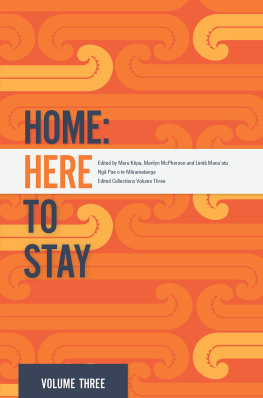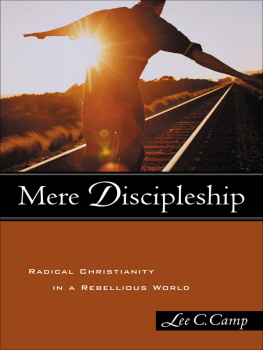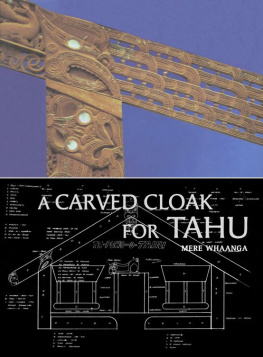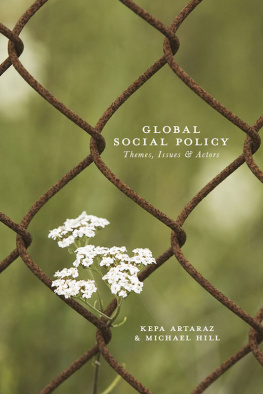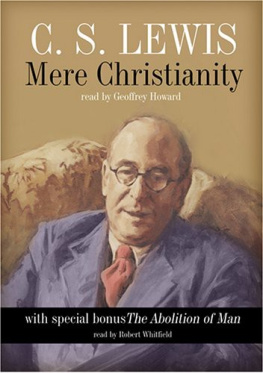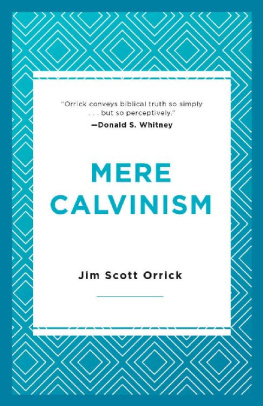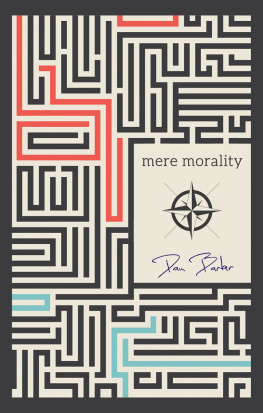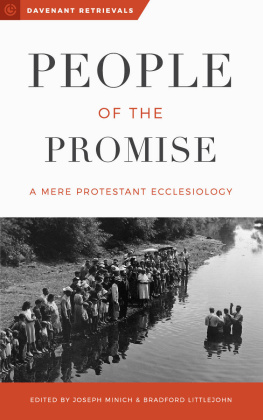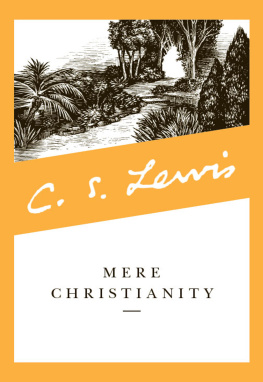Mere Kepa - Home: Vol 3
Here you can read online Mere Kepa - Home: Vol 3 full text of the book (entire story) in english for free. Download pdf and epub, get meaning, cover and reviews about this ebook. publisher: Huia (NZ) Ltd, genre: Home and family. Description of the work, (preface) as well as reviews are available. Best literature library LitArk.com created for fans of good reading and offers a wide selection of genres:
Romance novel
Science fiction
Adventure
Detective
Science
History
Home and family
Prose
Art
Politics
Computer
Non-fiction
Religion
Business
Children
Humor
Choose a favorite category and find really read worthwhile books. Enjoy immersion in the world of imagination, feel the emotions of the characters or learn something new for yourself, make an fascinating discovery.
- Book:Home: Vol 3
- Author:
- Publisher:Huia (NZ) Ltd
- Genre:
- Rating:3 / 5
- Favourites:Add to favourites
- Your mark:
- 60
- 1
- 2
- 3
- 4
- 5
Home: Vol 3: summary, description and annotation
We offer to read an annotation, description, summary or preface (depends on what the author of the book "Home: Vol 3" wrote himself). If you haven't found the necessary information about the book — write in the comments, we will try to find it.
Home: Vol 3 — read online for free the complete book (whole text) full work
Below is the text of the book, divided by pages. System saving the place of the last page read, allows you to conveniently read the book "Home: Vol 3" online for free, without having to search again every time where you left off. Put a bookmark, and you can go to the page where you finished reading at any time.
Font size:
Interval:
Bookmark:
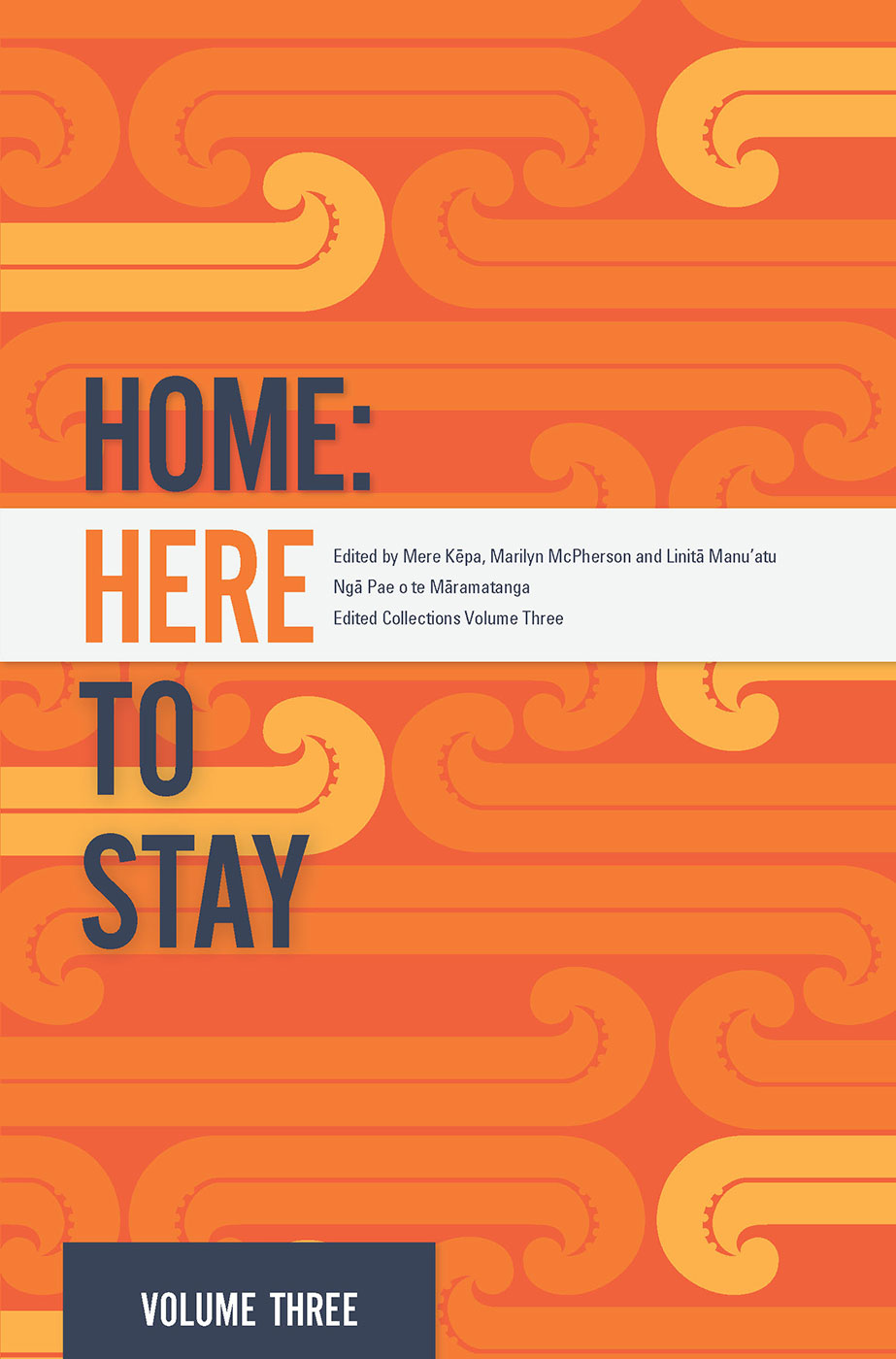


Home is a thing, an ontological being and a static presence. Arguably, though, for Indigenous and colonised peoples, home is like an apparition, a spectre in our memories, haunting reminiscences that shape our words, wisdoms, relations, and passions. The spectres are not ghosts in the sense of invisible, and disembodied spirits, or, virtual realities, but visible in the peoples odyssey, health, conservation, language and culture, land, migrations, and hopes of the peoples. This book is a distillation of ten years of critical reflection and dialogue by Indigenous scholars on the imposition of the conventions of the prevailing society upon our societies. This krerorero (dialogue) has taken place at the dynamic International Indigenous Writing Retreats supported by New Zealands Mori Centre of Research Excellence (CoRE), Ng Pae o te Mramatanga, hosted by the University of Auckland.
This collection will be of interest to those researching in the areas of Mori studies, Indigenous studies, language and culture, history, information technology, disasters, land formation, land use, living and dying and philosophy. Readers interested in robust communities and those with a particular focus on health education will enjoy the chapters also. The book will be of use to people working with migrant communities, populations that have a significant proportion of migrants, or those affected by the migration of others, such as family members who are left behind.
Ng Pae o te Mramatanga has made it possible to publish a collection of insightful arguments about wisdoms from the authors different viewpoints. In this volume, Mori, Pkeh, and Tongan truths are acutely portrayed, critiqued, and valued in the scholars narrations of their experiences and actions of the human odyssey. The common occurrence of anti-Mori, anti-Indigenous, and anti- migrant politics, the truth of colonialism, and the legacy of Christo-European-Amero-capitalism, are realities of today. Even so, the authors offer fresh words and wisdoms for our lives, to carry on and uplift our beloved in our homes, yes ours.
The Editors
Note
Concepts from Te Ao Mori (the Mori world) are explained the first time they appear in the text and translations appear in the glossary at the end of each chapter.
In 2012, Dr Linda Waimarie Nikora, Dr Adreanne Ormond and Dr Rachel Wolfgramm commenced this book at Ng Pae o te Mramatangas fourteenth International Indigenous Writing Retreat. The contributors acknowledge their efforts and vision. The eighteenth International Indigenous Writing Retreat supported by Ng Pae o te Mramatanga will be held in December 2015 and the value of the retreat as a sanctuary to contemplate, to interrogate, to interpret, to analyse and voice truths is acknowledged by the authors.
Lead author: Daniel Hikuroa, Ng Pae o te Mramatanga, New Zealands Mori Centre of Research Excellence hosted by the University of Auckland
How permanent is home? When referring to home from overseas Mori mean the landmass of Aotearoa New Zealand. In that context we have notions of permanence, of stability, of trangawaewae, of groundedness, of place, of belonging, of connection. But how real are those notions and through what ways of knowing are they understood? In human timeframes they are more or less true, but have been seriously challenged by the 2010 and 2011 earthquakes in tautahi. Furthermore, in addition to the meso-scale immediate ongoing landslides, volcanoes and earthquakes reconfiguring Aotearoa in human memory, in geological time Aotearoa has also been extremely mobile. Up until 450 million years ago Aotearoa lay in the northern hemisphere, and about 30 million years ago Aotearoa very nearly drowned altogether. The context of the permanence of home provides the basis for an account of the geological history of home starting with the concept of Zealandia, a chunk of continental crust upon which Aotearoa sits, and relating its dynamic nature in geological time to concepts of permanence in human timeframes. Mtauranga Mori reveals insights into alternative ways of knowing and conceptualising home, the permanence of home, and the immense timeframes associated with the creation of land.
Keywords: transient; Zealandia; permanence; geological time; home; dynamic
Home is an emotive word that evokes many different themes simultaneously, themes that often include place, connection and scale home is Aotearoa, home is a region, a city, a town, a house. Home can be plural. How one defines home at any given time is often based upon relativity home from overseas is Aotearoa, home when considered from within Aotearoa might be a whare (house) or a marae (meeting area of a Mori kinship group, including buildings and courtyard). Regardless of our multiple definitions of home, we have coincident concepts of home as permanent, as stable, as trangawaewae (a place to stand, where one has right to residence), as grounded, as place, as belonging, as connection. The permanence of home is inextricably linked to the land, spanning the physical connection of the foundations of a house on the land through to the spiritual connection based on whakapapa (genealogy) and our kinship-based relationship with Papatnuku (Earth Mother and wife of Ranginui all living things originate from them). If home is one of the manifestations of the relationship people have with the land, and vice versa, let us consider the following whakatauk (proverb) as a framework for exploring the multiplicities and nuances of that relationship:
Toit he whenua, whatungarongaro he tangata.
Land is permanent, people disappear
In the chapter, I will explore this whakatauk through geological, societal and cultural lenses. The whakatauk provides the framework for my analysis of the concepts of home being linked with land, the permanence of land, and the non-permanence of people. When thinking about home from an individual or whnau perspective, we think about it in the context of a human lifetime, or perhaps two or three generations. In that timeframe home has a permanence. But if we consider home in terms of hap (kinship group, sub-tribe), iwi (nation, tribe), tipuna (ancestor) or even Hawaiiki (traditional Mori place of origin) the notion of home begins to encompass longer timeframes, more akin to geological timeframes, and our assumption of permanence comes into question.
Aotearoa is my home. I will present first a scientific understanding of Aotearoa New Zealand, starting at the beginning of time, through to the formation of a planet called Earth and a precis of the geological history of Aotearoa with a brief summary on the permanence, or otherwise, of Aotearoa as a physical landmass. Second I will provide an exploration of parallel ideas of time, creation and landscape found in mtauranga Mori (Mori knowledge). An investigation into the basis of many of the Mori words associated with home will be presented before a synthesis of the ideas and concepts covered in this chapter is discussed.
The universe is all of spacetime and everything that exists therein, including all planets, stars, galaxies, the contents of intergalactic space, the smallest subatomic particles, and all matter and energy. The Big Bang Theory is the prevailing cosmological model that describes the formation and early development of the universe. Its one of several scientific models that attempts to explain why the universe is the way it is. The theory makes several predictions, many of which have been proven through observational data. As a result, its the most popular and accepted theory regarding our universes development. It is the explanation most consistent with observations and offers a comprehensive explanation for a broad range of phenomena, within an empirical paradigm. The most important concept to understand about the Big Bang is expansion. Many people think that the Big Bang is about a moment in which all the matter and energy in the universe was concentrated in a tiny point. Then this point exploded, shooting matter across space, and the universe was born. In fact, the Big Bang explains the expansion of space itself, which in turn means everything contained within space is spreading apart from everything else. At the earliest moments of the Big Bang, all of the matter, energy and space was compressed to an area of zero volume and infinite density. Cosmologists call this a singularity. Importantly a common misperception about the theory is that it describes the origin of the universe. Thats not quite right. The Big Bang is an attempt to explain how the universe developed from a very tiny, dense state into what it is today. It doesnt attempt to explain what initiated the creation of the universe, or what came before the Big Bang or even what lies outside the universe. To confuse things more, the concept of multiverses a hypothetical set of infinite or finite possible universes and an old idea first postulated by William James in 1895 ( James 1895) has gained traction in recent times. Multiverses have also been referred to as alternate or quantum universes, parallel worlds or dimensions and alternative realities or timelines.
Font size:
Interval:
Bookmark:
Similar books «Home: Vol 3»
Look at similar books to Home: Vol 3. We have selected literature similar in name and meaning in the hope of providing readers with more options to find new, interesting, not yet read works.
Discussion, reviews of the book Home: Vol 3 and just readers' own opinions. Leave your comments, write what you think about the work, its meaning or the main characters. Specify what exactly you liked and what you didn't like, and why you think so.

